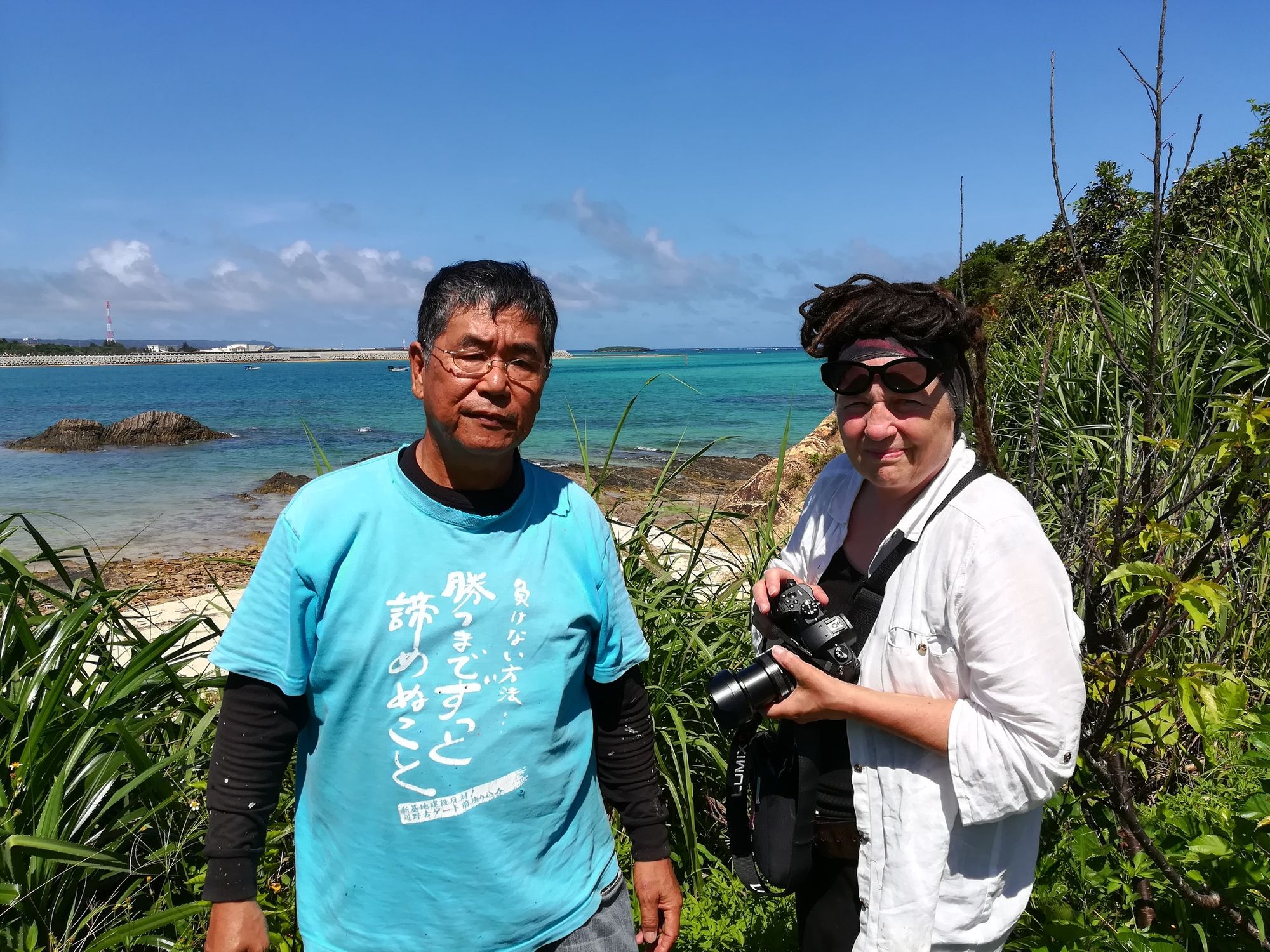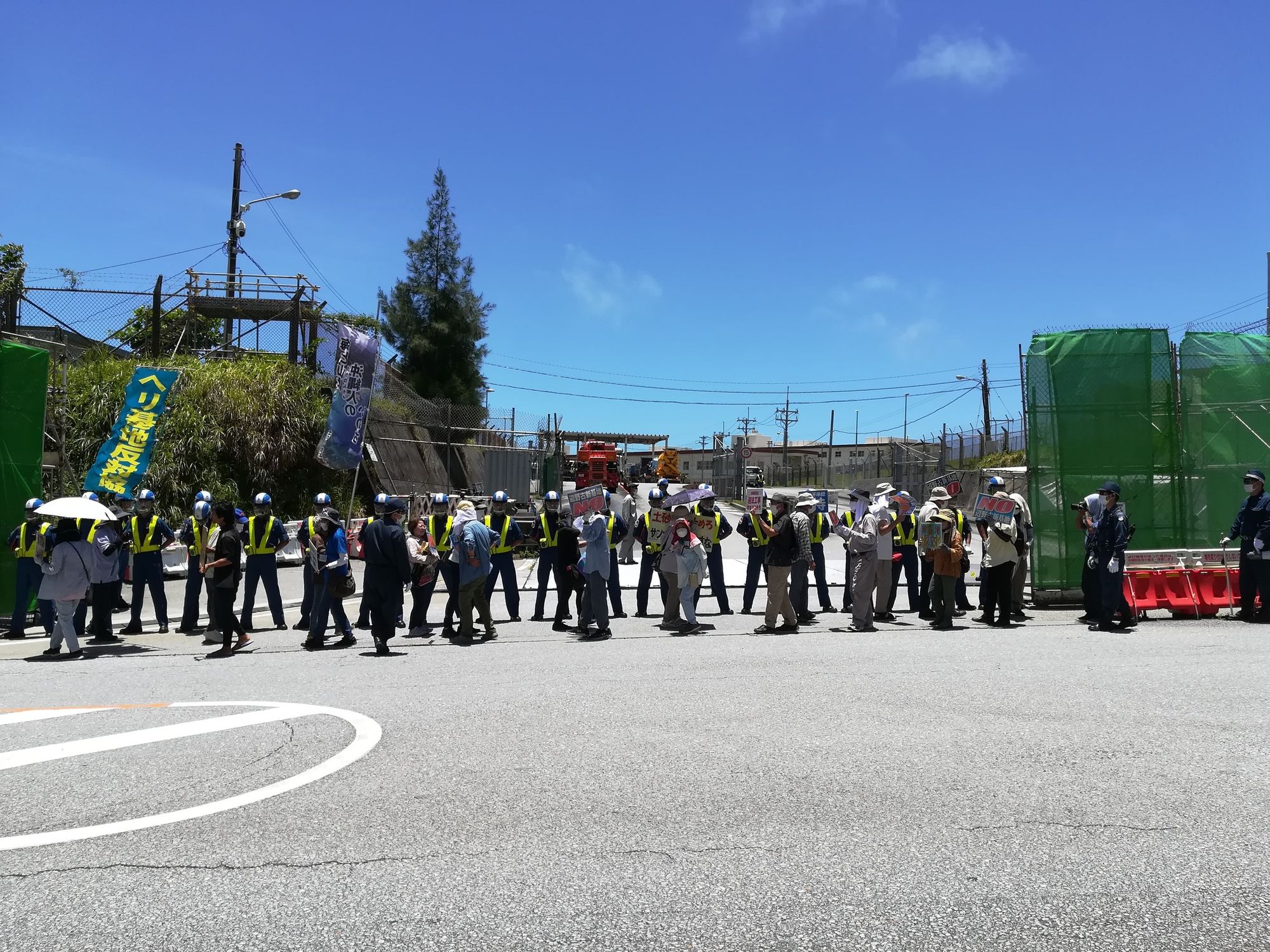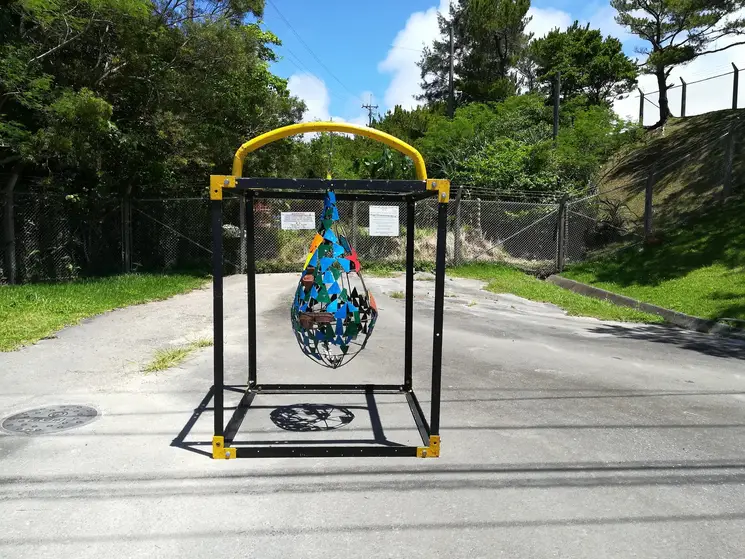CEMiPoS visits Okinawa and launches new collaboration for young researchers

CEMiPoS Director, Hiroshi Maruyama, recently visited Okinawa to participate in a conference and conduct field trips to several locations on the island. The experience has inspired future collaborations on decolonization studies in Japan and abroad, together with young researchers.
From 22nd to 27th of June, the CEMIPoS Director Maruyama traveled to the island of Okinawa, located in the south part of the Japanese archipelago. Maruyama participated as a keynote speaker at the Annual Conference of the Okinawa Association of Foreign Language and Literature. Invited by Madoka Hammine, a local professor at Meio University and Okinawan linguistic specialist, the encounter between Okinawa’s reality and the Hokkaido-based international research centre triggered, in Maruyama’s opinion, the need for new collaborations.
“I am very grateful to Hammine, for inspiring me to start a new collaboration with young researchers,” said Maruyama after returning to Hokkaido. He stressed the importance of deepening research into the island’s local fights against US military bases, as well as its role within the Pacific region and within broader global movements towards indigenous rights. For this reason, CEMiPoS is planning to launch an international conference in Okinawa and develop seminar courses on these issues for young researchers.
The Conference took place in the north part of the island, in Nago city, where the CEMiPoS Director had an encounter with international scholars conducting research on Okinawa, such as Ernils Larsson, Szymon Gredzuk, and Sylwia Dobkowska from the University of Gdansk in Poland.
“The day after the conference, Gredzuk and Dobkowaska kindly took me to the traditional boat race in Chatan, the primary shrine of the Ryukyu Kingdom, near Naha,” explained Maruyama, making reference to the original name of the island. They also made a stop at the Sakima Art Museum, to learn about the special exhibition of the Battle of Okinawa through artistic expression.
32,777 days of protests against US military base relocation works
Antonie Frank Grahamsdaughter, a Canadian filmmaker and video artist based in Stockholm, accompanied CEMiPoS Director Maruyama to Okinawa to conduct fieldwork and research around several sites on the island, with the purpose of registering local voices and landscapes.

Both collaborators travelled to Henoko, the coastal area of Nago, to see the US runway under construction amid protests. They met Kinjo Takemasa, one of the leading activists who took them to the reclamation work site for the runway. The Japanese government began works on 2015 to build a new base to which the US Marine Corps Air Station Futenma would be relocated, despite strong opposition among Okinawans. The Station is currently located within the urban area of Ginowan City.
“Takemasa told me that one of the three endangered dugongs has been obscured by marine pollution caused by the work,” said Maruyama about the increase in environmental problems due to construction works in the paradisiac island, home of endangered marine mammals.

“As of today, Indigenous People have been protesting against the Japanese and US colonial governments for 32777 days, demanding the cancellation of the reclamation work,” explained Maruyama after their visit on the 26th of June. During the protests, about 30 high school students from Shimane prefecture were also visiting to observe with their teachers. One high school student said: “I was encouraged by the Okinawan People’s refusal to give up and fight.”
“He gave me hope for the future. The Japanese and US colonial governments are still in the middle of fortifying many beautiful islands in Ryukyu and Okinawa, polluting Indigenous People’s precious waters and lands against the global agenda of biodiversity conservation. They also built Okinawa Churaumi Aquarium, capitalizing sharks and mantas, which are confined in aquariums, to make a profit from tourism. They should be taken to the International Criminal Court in The Hague as criminals against humanity and nature,” exposes Maruyama.
The island is a home of biodiversity but also art and activism. In front of the US Marine base in Nago, a beautiful object was erected as symbol of protest and policeman were investigating who the owner might be. Okinawan art is also exhibited beyond the island borders. For example, the artist Teruya Yuken created a traditional dyed cloth that belongs to the British Museum in London. “If we look closely at the piece, we can see dugongs along with fighter jets, helicopters, soldiers and parachutists,” comments the CEMiPoS Director.
